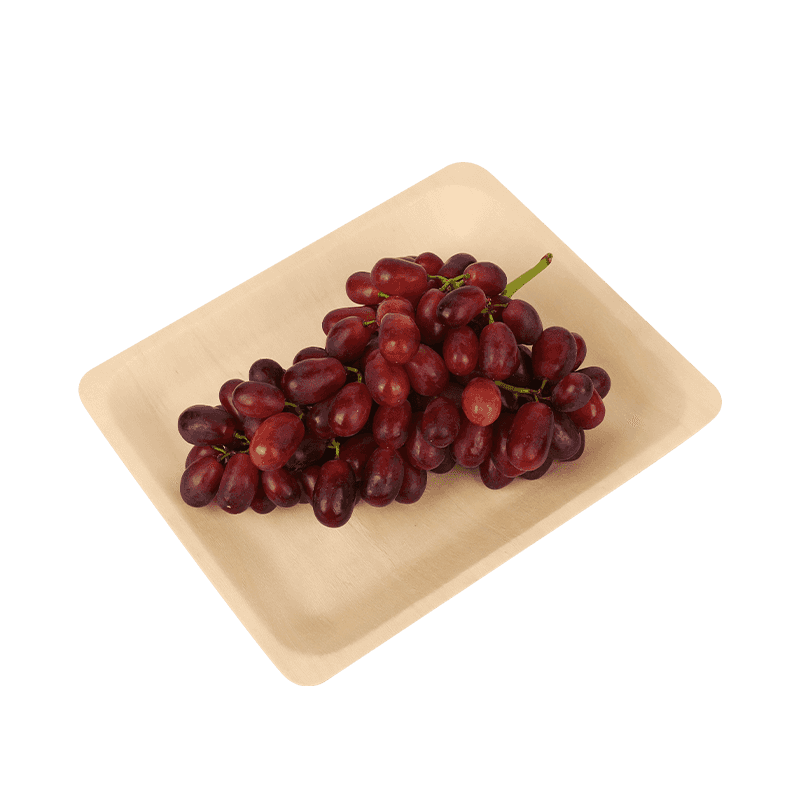How Sustainable Are Eco Friendly To Go Containers? A Closer Look at Raw Materials and Carbon Impact
When talking about eco friendly to go containers, the conversation often begins and ends with whether the packaging is labeled biodegradable or compostable. But in practice, environmental sustainability goes much deeper than end-of-life claims. It starts with the sourcing of raw materials and continues through the manufacturing process, transportation, and finally how the container is disposed of. As a manufacturer with years of experience supplying packaging solutions to the food service industry, we’ve seen that understanding the full environmental picture is critical for businesses aiming to make responsible choices.
Let’s begin with raw materials. Most disposable eco containers are made from either plant-based polymers like PLA (polylactic acid), biodegradable blends like PBAT, or recyclable plastics such as PP. While PLA is derived from renewable resources like corn starch or sugarcane, the agricultural inputs and fermentation process involved in producing it do carry a carbon footprint. PBAT, although compostable, is petroleum-based and typically used to enhance the flexibility of PLA or other biopolymers. Polypropylene (PP), though not biodegradable, has a relatively low environmental impact if recycled properly, especially in regions with mature recycling infrastructure.

Material choice has a direct link to emissions. The carbon footprint of PLA production is lower than traditional plastics, but only under certain conditions—particularly when composting facilities are available and actively used. If sent to landfills, bioplastics may not break down effectively, negating much of their environmental advantage. On the other hand, recyclable plastics like PP can be reused in circular systems, provided there’s a mechanism to collect and process them. This highlights the need for buyers to consider the local waste management environment when selecting eco packaging.
Transport emissions also play a hidden role. Lightweight containers made from molded pulp or bioplastics might reduce freight weight compared to heavier traditional plastics or foamed options, potentially lowering logistics-related carbon output. That said, long-distance sourcing of raw materials or finished goods can offset these savings. At Dajue, we evaluate both material origin and production proximity to help our partners strike a balance between sustainability and supply chain efficiency.
Design optimization further influences material usage. Well-engineered eco friendly to go containers can maintain strength and insulation while minimizing unnecessary thickness or excess packaging. This not only reduces raw material consumption but also improves stackability and reduces transport volume. For large-volume buyers like chain restaurants and delivery platforms, these incremental improvements can yield measurable sustainability gains over time.
It’s also worth noting that not all “eco” containers are created equal. Some packaging marketed as environmentally friendly may contain only a small proportion of plant-based content or lack proper certifications. Transparency in labeling and third-party verification (such as BPI or TUV certifications) are crucial. Dajue ensures every product batch meets specific safety and sustainability standards, so buyers know exactly what they’re getting—because reputation matters, especially in B2B partnerships.
Ultimately, the environmental value of eco friendly to go containers depends on more than just their look or label. Businesses that invest the time to understand raw material sourcing, production emissions, and end-of-life options can make more informed, impactful decisions. With increasing scrutiny from regulators and consumers alike, packaging is no longer just a cost—it’s a statement of values.
For those ready to explore sustainable options without compromising function or design, Dajue offers a range of customizable, high-quality solutions backed by proven industry expertise. Let’s build better packaging together.

prevNo previous article
nextWhat Really Happens to Compostable Pet Poop Bags in Landfills and Composting Systems



 English
English 中文简体
中文简体 Español
Español
















